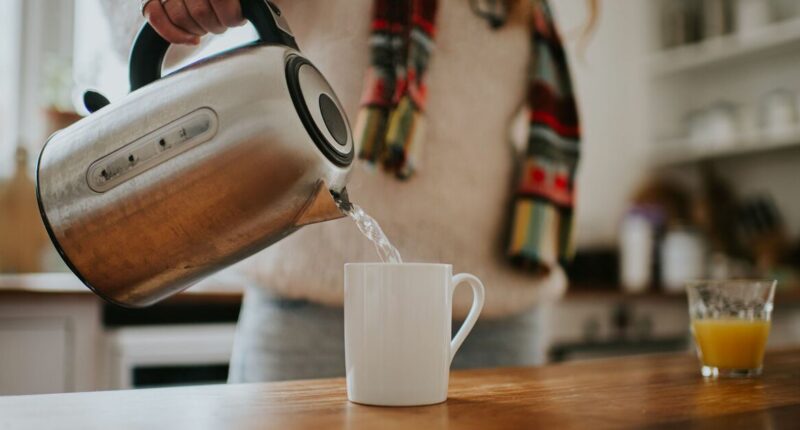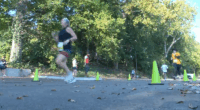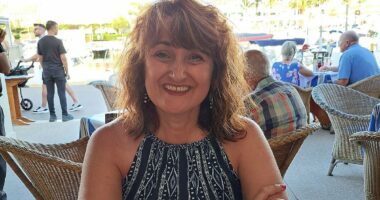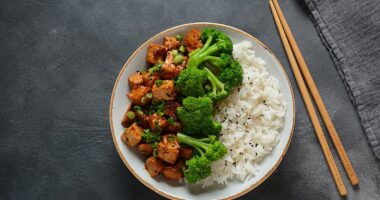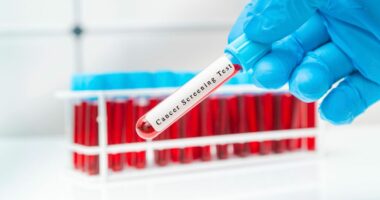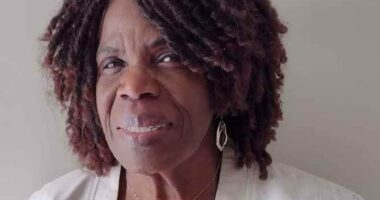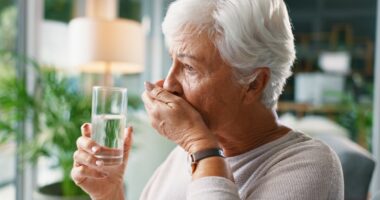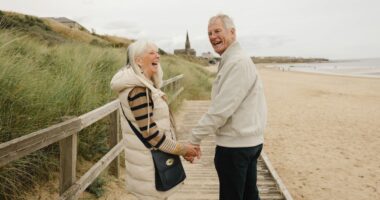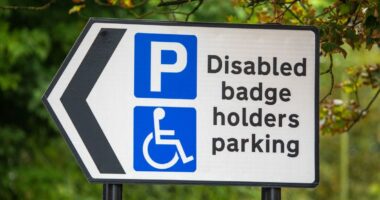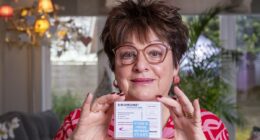Share this @internewscast.com
Breast cancer remains the most prevalent type of cancer among women globally, with diagnoses occurring approximately every ten minutes in the UK alone. A recent survey indicates a decrease in the number of women performing self-checks, dropping from 49% in 2022 to 45% in 2024.
According to Cancer Research, approximately 56,500 women and around 390 men in the UK are diagnosed with breast cancer annually. Factors such as age, family history, obesity, and smoking can influence the risk of developing the disease.
With over 35 years of experience, Dr. Cihan Uras, a breast cancer surgeon with Acıbadem Hospitals, emphasizes the importance of educating people on effective breast self-examination. He urges everyone to start this practice during Breast Cancer Awareness Month in October, noting that performing a monthly self-exam can significantly impact early detection. The process requires less time than it takes to brew a cup of tea.
Dr. Cihan commented, “Breast cancer is the leading cancer among women worldwide, but early detection greatly increases survival chances. Being attuned to your own body and promptly recognizing changes is crucial. A self-examination takes merely three minutes.”
The doctor discusses how to perform the three-minute check, which should be done once a month to spot early changes.
Look in the mirror (1 minute)
The process begins by visually inspecting yourself in the mirror. Dr. Cihan suggests doing this while topless, standing with shoulders straight and hands on hips to observe any noticeable changes. More frequent checks make spotting these differences easier over time.
There are several indicators to be mindful of as potential breast cancer warnings. According to the doctor, “Look for initial signs such as skin dimpling, redness, rashes, nipple changes, particularly inversion or discharge.”
Raise your arms (30 seconds)
Whilst looking at yourself, start to raise your arms up and hold them above your head. The doctor said that people should be watching for any changes in contour, if there is any swelling that has arisen or any pulling of the skin.
He added: “Lifting your arms stretches the breast tissue and skin. This makes subtle changes more visible, especially puckering or pulling of the skin that may not be very noticeable when your arms are by your side. It can also help reveal differences in movement between the two sides.”
Feel while standing and lying down (90 seconds)
The final part of the self-check process is done whilst lying down. People should use the flat of their fingertips around the breasts to feel in circular motions.
The doctor said: “Make sure that you cover the whole breast from the top to the bottom, as well as side to side. Don’t forget to go right up to your armpit area too. Apply different pressures – light, medium and firm – to ensure you’re feeling all layers of the breast tissue.” During this part of the checks, you should be on the lookout for any thickened areas, feelings of tenderness and, of course, any lumps.
What happens next?
People should not panic straight away if something is felt or noticed during these self-checks. These symptoms can occur for a number of different reasons, and they may not always mean cancer.
The doctor said: “If you do find a lump, always have it checked as soon as possible by a medical professional, just in case it is cancerous. The chances are, you would’ve spotted it early, especially if you’re doing this every month, and your doctor can begin any treatment sooner rather than later.
“The best time to do these checks is a few days after your period ends, when you’re less likely to experience tender breasts due to your cycle. For women who no longer get periods, picking the same time each month will just help you get into a better routine.”
